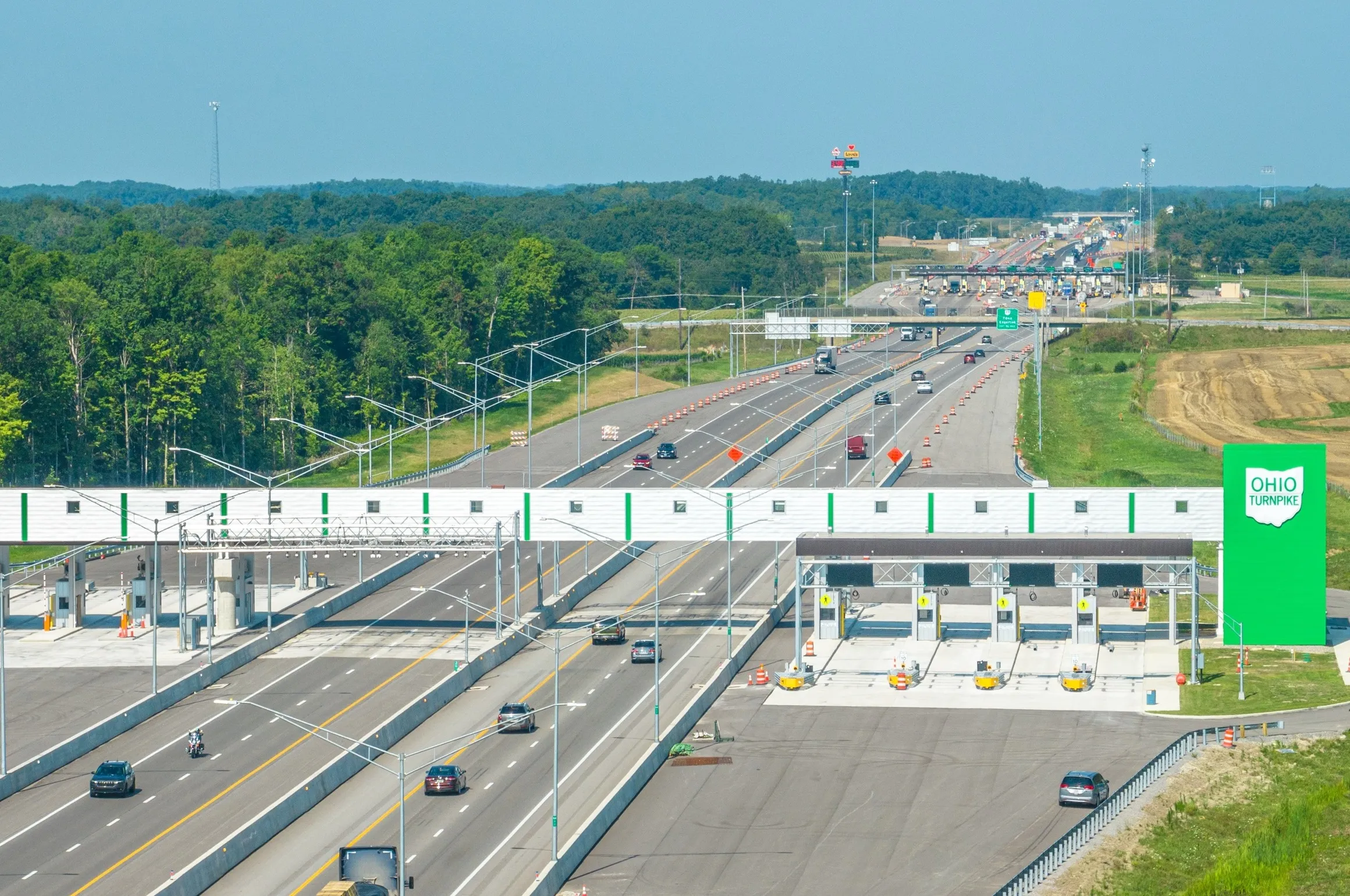Ambassador Bridge, a key international transit corridor linking Windsor, Ontario to Detroit and one of the most heavily travelled international crossings in the US, is the first organisation in the United States to install the newly available 3M ID6204 Multiprotocol Reader, capable of reading all six tolling protocols used in North America. According to 3M, the ID6204 reader (formerly Sirit) ensures seamless interoperability regardless of tag type deployed on customer vehicles. The ID6204 features an exclus
September 20, 2012
Read time: 2 mins
Ambassador Bridge, a key international transit corridor linking Windsor, Ontario to Detroit and one of the most heavily travelled international crossings in the US, is the first organisation in the United States to install the newly available 4080 3M ID6204 Multiprotocol Reader, capable of reading all six tolling protocols used in North America.
According to 3M, the ID6204 reader (formerly495 Sirit) ensures seamless interoperability regardless of tag type deployed on customer vehicles. The ID6204 features an exclusive software controlled radio technology, so protocols can be turned on and off remotely with a simple command should business conditions change.
“Due to the large amount of commercial truck traffic the bridge handles, it was critical to accommodate customer vehicles that may have tags originating from throughout North America,” said Randy Spader, operations manager for Ambassador Bridge. “With this new reader product, we have a long-term solution that can capture all tags with disparate technologies such as California Title 21 and E-ZPass at the same time,” said Spader.
“We are pleased to team with Ambassador Bridge to effectively meet their needs,” said John Freund, global sales manager,6586 3M - Traffic Safety Systems “The ID6204 from 3M, is one of the first commercially deployed multi-protocol readers able to read every type of toll tags used in North America including E-ZPass tags, which are widely deployed in the northeast.”
According to 3M, the ID6204 reader (formerly
“Due to the large amount of commercial truck traffic the bridge handles, it was critical to accommodate customer vehicles that may have tags originating from throughout North America,” said Randy Spader, operations manager for Ambassador Bridge. “With this new reader product, we have a long-term solution that can capture all tags with disparate technologies such as California Title 21 and E-ZPass at the same time,” said Spader.
“We are pleased to team with Ambassador Bridge to effectively meet their needs,” said John Freund, global sales manager,










